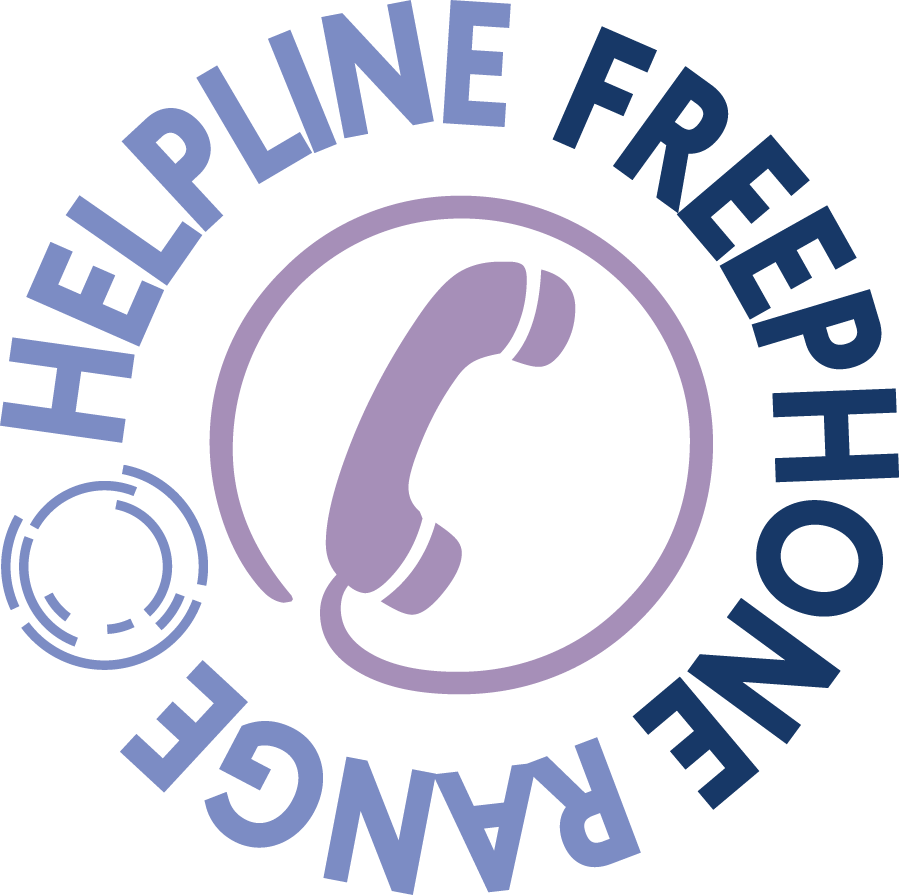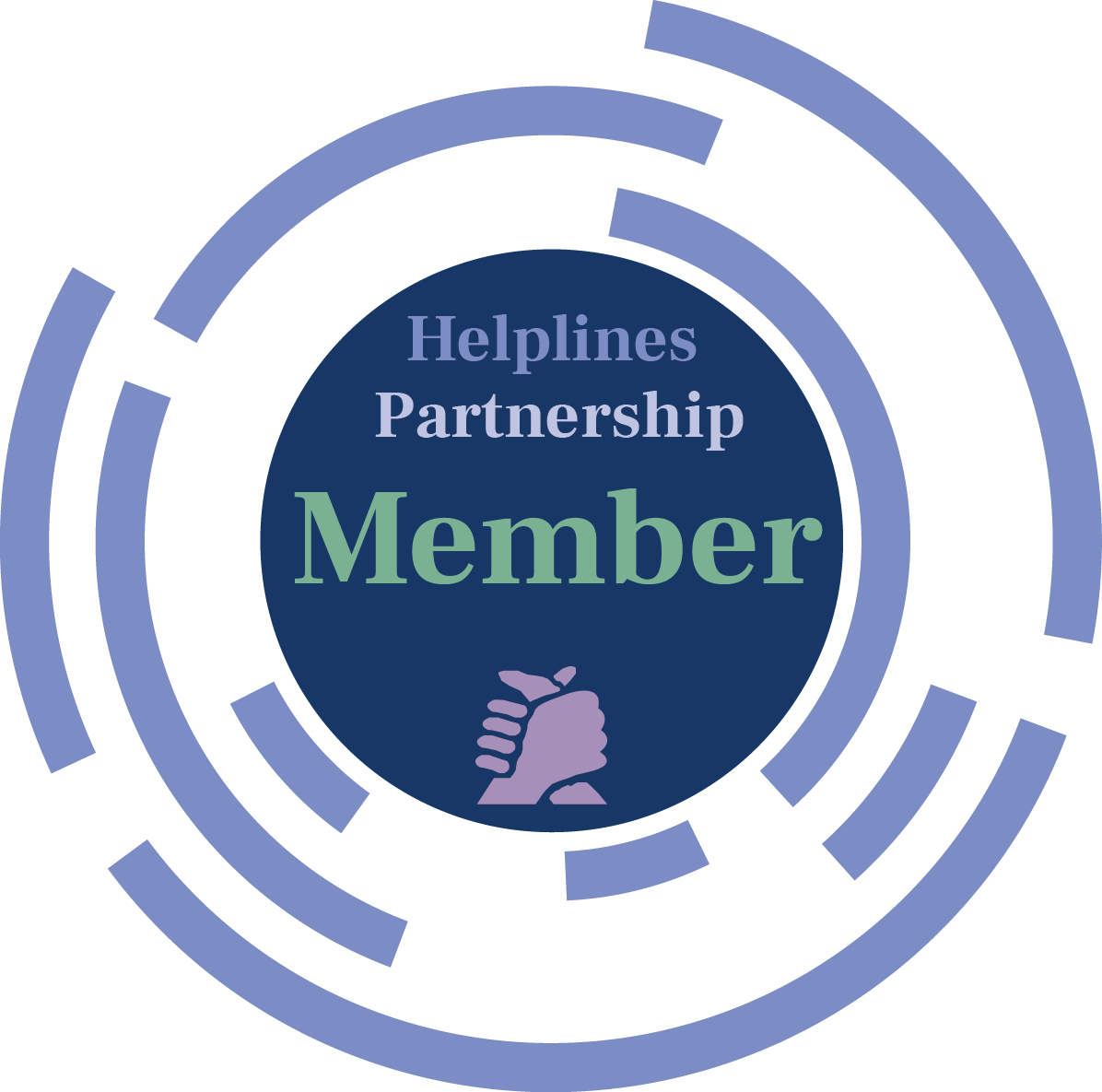
Maybe this is the first time you have looked after a baby. However, if you are a grandparent, we appreciate that some of the safer sleep advice and information may have changed since you had your own children. Many parents will have slept their babies on their fronts, as that was the advice before 1991. However, research has since shown that the chance of SIDS is much higher when a baby is placed on their front to sleep.
We know that in the early 1990s, there were thousands of babies worldwide dying suddenly and unexpectedly every year. The reason the number of deaths is much lower now is due to the new advice being followed by parents, such as lying babies on their backs to sleep.
While SIDS is rare, it can still happen and around 200 babies sadly die of SIDS every year. It is important that you are aware of the risks and the steps you can take to help reduce those risks.
This page has been made especially for you, to help put your mind at ease.
Our advice is based on strong scientific evidence and should be followed for all sleep periods, not just at night. It’s important to follow the same safer sleep advice and routine as what baby normally follows at home, keeping it consistent. It is important that you always put baby on their back as part of their regular sleep routine – the chance of SIDS is particularly high for babies who are sometimes placed on their front or side.
Our safer sleep advice covers babies up to 12 months of age, or 12 months from the due date for babies born prematurely.
Prepare in advance and make sure you have created a safe, separate sleep space for baby before you look after them. Your sleep space should allow you to:
Put baby on their BACK for every sleep
In a CLEAR FLAT SEPARATE SLEEP SPACE
Keep them SMOKE FREE day and night
Sleeping Position
All babies should be placed on their back for every sleep, day and night. If you are grandparents, we know that this advice may be different from when you had your babies. But research has now shown that sleeping a baby on their front or side greatly increases the chance of SIDS.
Since the ‘Back To Sleep’ campaign was launched in 1991, the rate of SIDS has dropped by over 80%.
Sleeping Space
The safest place for a baby to sleep is in their own clear, flat, separate sleep space, such as a cot or Moses basket on a firm, flat mattress with a waterproof, wipeable cover. Beanbags, sofas, bouncy chairs, pods/nests, cushions and car seats are not suitable sleep surfaces for babies and significantly increase the risk of SIDS.
Never sleep on a sofa or armchair with a baby as this can increase the risk of SIDS by 50 times.
Ensure the cot/Moses basket you are using for the baby has passed the necessary safety checks and follow the manufacturer’s guidance on its use. You may be using a second-hand cot/Moses basket, or one that has been used for another child within the family for example. If so, make sure it’s still in good working order, clean and there are no broken parts or rips/tears in any fabric. If the cot/Moses basket has come from outside the family home with a mattress, we would advise replacing the mattress with a new one.
If you are fortunate to look after more than one baby, different grandchildren for example, we would advise that you wipe down the waterproof mattress cover and use a clean set of bedding for each child.
Sleep Supervision
Babies should be in the same room as an adult for all sleep periods, both naps and night-time sleep, until they are at least six months of age. This doesn’t mean you can’t leave the room to make a cup of tea or go to the toilet. But for most of the time when they are sleeping, they are safest if you are close. Often the easiest way to do this is with a Moses basket or travel cot.
Smoking
It is important to keep baby smoke free whilst they are in your care. There is strong, consistent evidence from studies worldwide that smoking during and after pregnancy increases the risk of SIDS. Passive smoking also significantly increases the risk of SIDS, and the risk increases further where both parents smoke.
Cigarette smoke and all the chemicals associated with smoking clings to clothes, hair and skin so we would advise against holding a baby after smoking.
There is currently no research on e-cigarettes and SIDS but using e-cigarettes seems to be much safer than smoking. Giving up completely is the best option, but if you do choose to use an e-cigarette, continue to keep babies and children away from e-cigarettes and their vapour.
Temperature
It is important to make sure the room baby is sleeping in is a comfortable temperature – not too hot or too cold.
The chance of SIDS is higher in babies who get too hot, so keep the room temperature between 16 – 20°C (roughly 61 – 68°F). A thermometer can help you to make sure the room is at the right temperature.
Ensure baby’s cot is not positioned next to a radiator or next to a window in direct sunlight. Make sure baby’s head is uncovered. Babies do not need to wear hats indoors nor sleep in outdoor wear such as snow suits/winter coats etc.
The best way to check baby’s temperature is by putting your hand on the skin on their chest or the back of their neck. Don’t use their hands or feet as a guide as they will always feel cooler than the rest of their body. If the baby is too hot you will feel the skin is hot, slightly clammy or sweaty, and you will need to remove some layers.
Bedding
Firmly tucked in sheets and blankets (not above shoulder height) or a baby sleep bag are safe for a baby to sleep in. Sleep baby in the feet-to-foot position (baby’s feet at the bottom of the cot) and avoid using soft or bulky bedding such as quilts, pillows and duvets. Remember that one blanket doubled over counts as two blankets.
Clear Cot
There is evidence to suggest that babies are at higher risk of SIDS if they have their heads covered and some items added to a cot may increase the risk of this.
We therefore recommend babies are slept in cots that are kept as clear as possible and specifically advise:
- No pillows or duvets.
- No cot bumpers.
- No soft toys.
- No loose bedding.
- No pods or nests.
- No products (such as wedges or straps) that will keep the baby in one sleeping position.
Dummies
If baby uses a dummy at home, then you should continue to use the dummy when baby sleeps in your care.
- If the dummy falls out during sleep do not wake the baby to put it back in, however if the baby wakes, it can be offered again.
- Don’t force the baby to take a dummy or put it back in if the baby spits it out.
- Don’t use a neck cord.
- Don’t coat the dummy with something sweet.
Car Seats
It is essential for safety that babies travel in a rearward-facing baby seat. Rearward-facing seats provide greater protection for the baby’s head, neck and spine than forward-facing seats.
It is recommended that you avoid travelling in cars with pre-term and young babies for long distances. Research into the link between car seats and SIDS found young babies may be at risk of breathing difficulties if they travel while sitting in an upright position for too long.
If your trip involves driving for long periods of time, you should stop for frequent breaks. This will allow you to check on baby, take them out of the car seat and let them stretch and move around.
Ideally, a second adult should travel in the back of the car with baby, or if travelling alone use a mirror to keep an eye on baby.
If baby changes their position and slumps forward, then you should immediately stop, take them out of the car seat and sit them upright before continuing on your journey.
Car seats are designed to keep babies safe while travelling, not as a main sleeping place. Car seats should only be used for transport and not as an alternative for cots or high chairs. It’s OK for your baby to fall asleep in a car seat when travelling, but they should be taken out as soon as you get to your destination, and placed onto a firm, flat surface to sleep.
Preventing infection in babies
It is very important to try and keep baby safe from infection, particularly in the first few weeks of life. Babies have immature immune systems, which means that they are particularly at risk from infections. Infections that may be mild in older children or adults can be life-threatening for babies.
There are some key things that you can do as a carer to reduce the risk of serious infections in your baby. It’s important to follow THANKS – Think Hands And No KisseS.

If baby is unwell
When babies feel unwell, with a cold or high temperature (fever), they may be warmer than usual. Your baby should be dressed appropriately for their environment, it is important not to feel tempted to wrap an unwell baby up more than usual. If your baby has a fever or you are worried about your baby you should call your GP or 111. If your baby shows signs of being significantly unwell always seek medical advice. Please visit the NHS for more advice.
You may also find it helpful to use our Baby Check app to monitor your baby’s symptoms.
Our baby check app features 17 simple checks that you can do if your baby is showing signs of illness. The app will let you know if your baby needs to see a doctor or health professional. Download for FREE from Google Play or the App Store.
If you have any concerns about safer sleep or you are worried about looking after someone else’s baby you can contact us for advice and support. You can call our free Information line 0808 802 6869 or email info@lullabytrust.org.uk.

